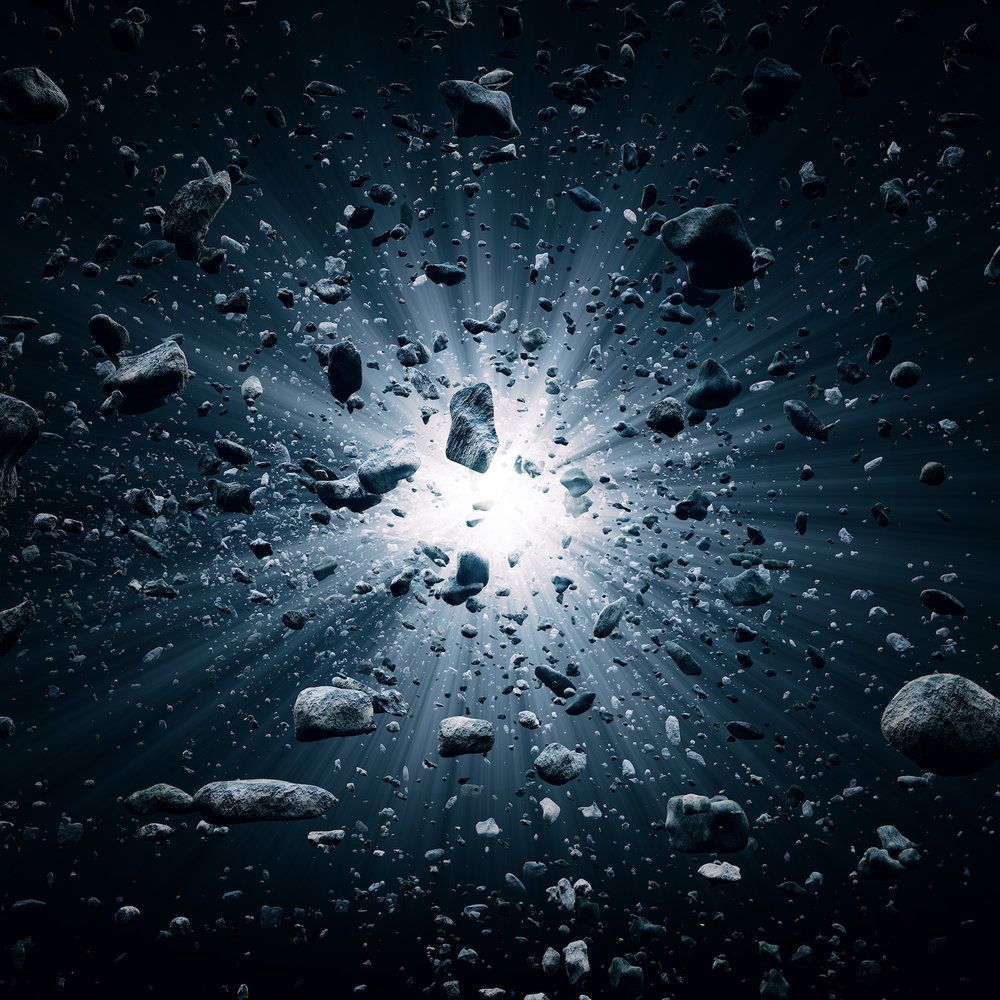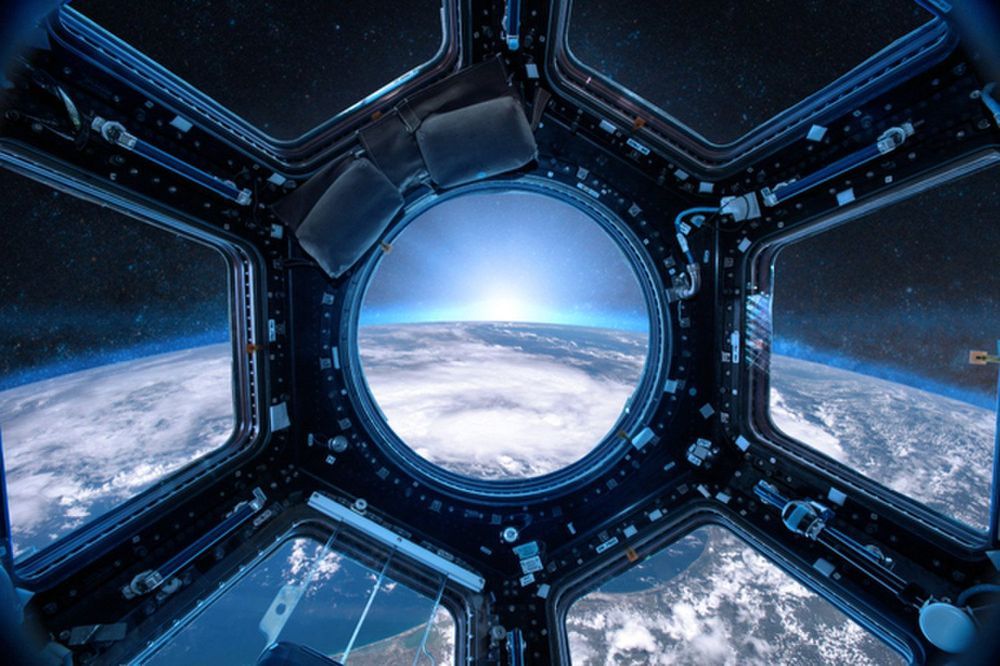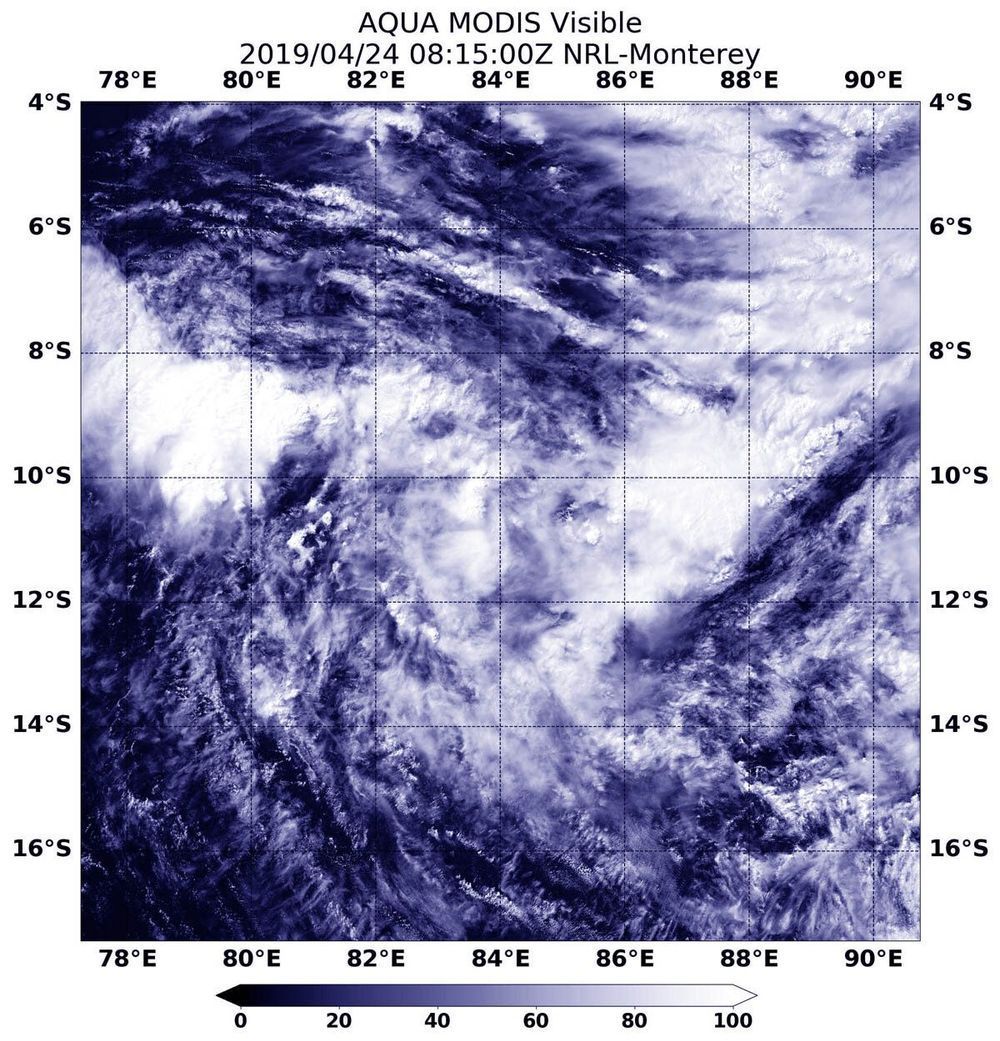SpaceFund is a new type of venture capital firm, providing near-term liquidity through security tokens and informed investing in a diversified portfolio of space companies.


SpaceFund is a new type of venture capital firm, providing near-term liquidity through security tokens and informed investing in a diversified portfolio of space companies.
The hydroponic structure could allow astronauts to grow their own food on the desolate Martian surface. It’d cultivate up to eight food crops could be grown inside a rotating system that could serve up 3100 calories per day for four astronauts over a 600 day excursion to the Red Planet.
It’d grow kale, soy, sweet potato, potato, broccoli, strawberry, wheat, and chufa. A massive tank filled with a nutrient solution under the ceiling feeds a circular system of crop trays with the help of gravity. LEDs make sure that the plants get enough sunlight.






Visible satellite imagery from NASA’s Aqua satellite revealed the recently formed Tropical Storm Lorna was getting organized in the Southeastern Indian Ocean.
Lorna developed into a tropical storm on April 23 at 11 a.m. EDT (1500 UTC) and was named Tropical Cyclone 25S. On April 24, it received the name Lorna. At 4:15 a.m. EDT (0815 UTC) on April 24, the Moderate Resolution Imaging Spectroradiometer or MODIS instrument aboard Aqua captured a visible image of Lorna. The Joint Typhoon Warning Center or JTWC forecasters noted “persistent deep convection to the west of, and obscuring, the low level circulation center.”
By 11 a.m. EDT (1500 UTC) on April 24, Tropical Storm Lorna had maximum sustained winds near 40 knots (46 mph/74 kph). Lorna was centered near 10.9 degrees south latitude and 84.6 degrees east longitude, approximately 743 nautical miles southeast of Diego Garcia. Lorna has tracked to the east-southeast.

University of Arkansas astrophysicists have taken an important step toward solving the mystery of how disk galaxies maintain the shape of their spiral arms. Their findings support the theory that these arms are created by a wave of denser matter that creates the spiral pattern as it travels across the galaxy.
“The structure of spiral arms in disk galaxies is a mystery,” said Ryan Miller, visiting assistant professor of physics. “No one knows what determines the shape of these spirals, or why they have certain numbers of arms. Our research provides a clear answer to part of that mystery.”
Disk galaxies, including the Milky Way, comprise 70 percent of known galaxies. They are characterized by their spiral-shaped arms, but astronomers are not sure how these form and maintain themselves.
